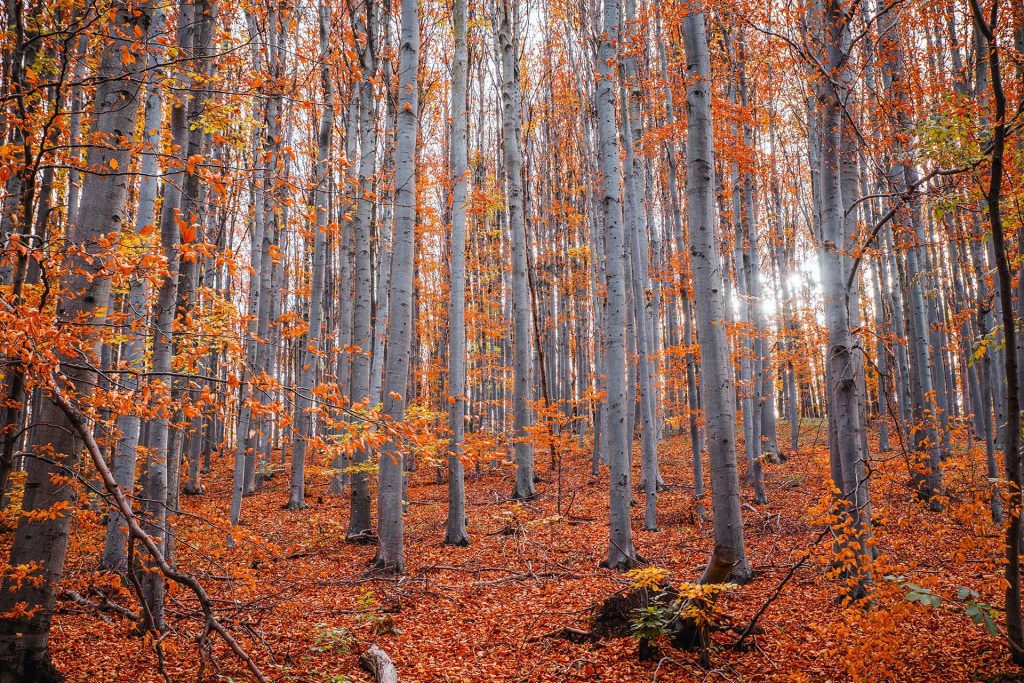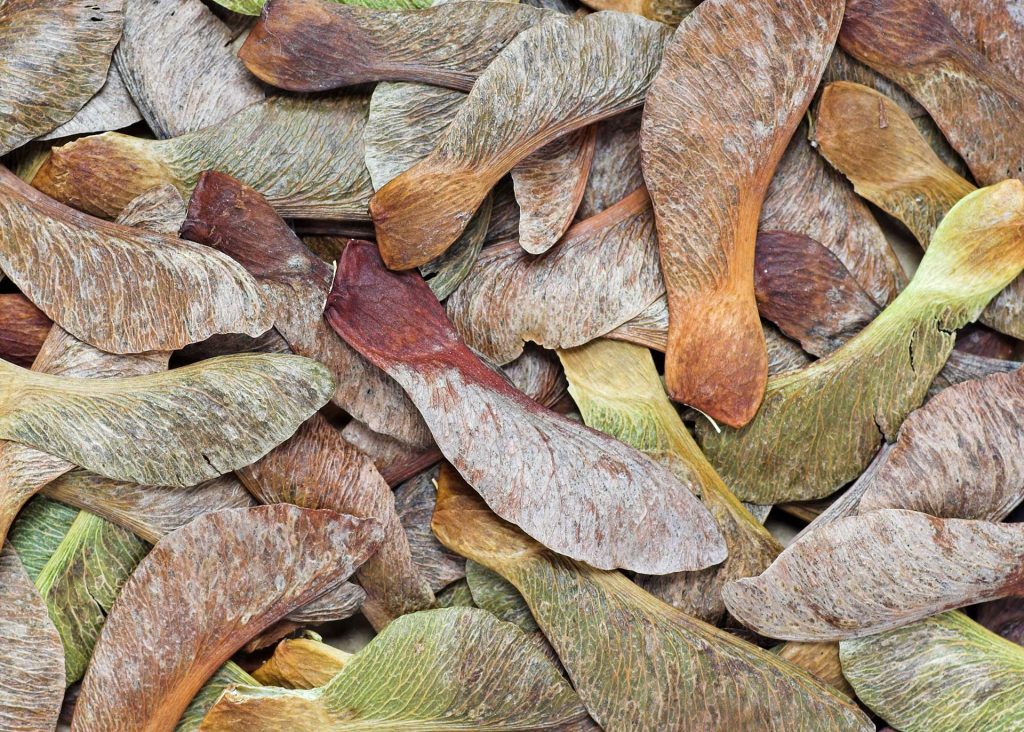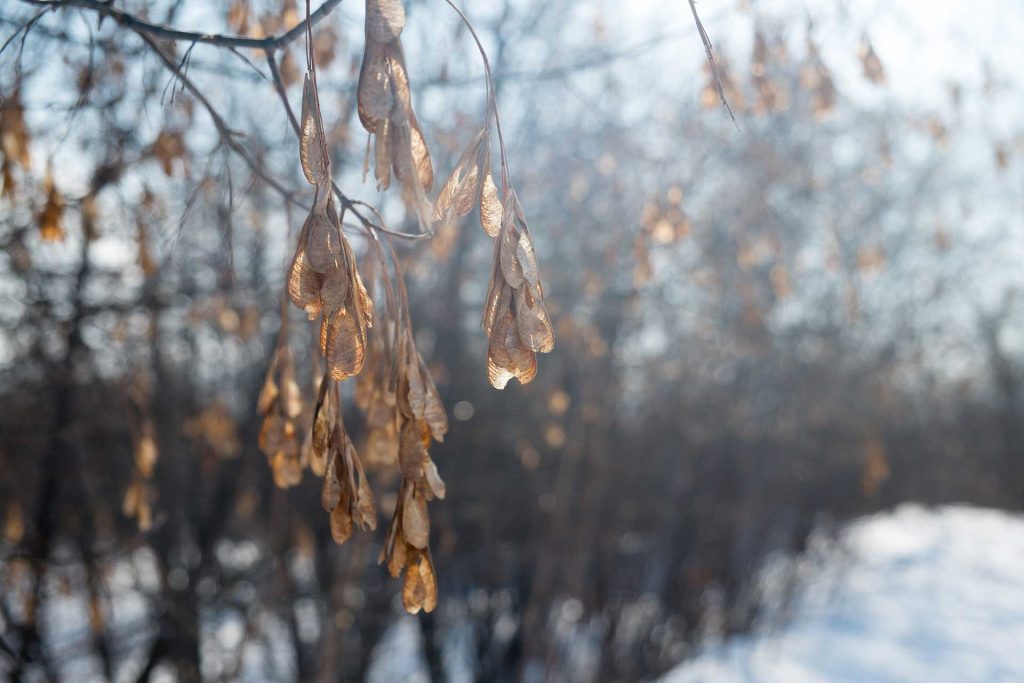What’s that seed?
As summer fades away for another year, here’s how you can identify the different types of trees from the seeds that lay scattered at their feet
Oak

An acorn usually contains one seed within a leathery shell, which sits within a small cupule. It can take anywhere between 8 to 24 months for an acorn to mature and they rely on small animals such as squirrels for dispersal.
Silver Birch

Silver Birch is a pretty tree, often referred to as the ‘Lady of the Woods’. The seeds are dispersed by the wind when the female catkins begin to disintegrate. They are tiny nutlets with two wings and can travel on the wind up to one mile from the parent tree.
Spruce
Spruce tree seeds grow in cones, but unlike the wider, woodier pine cones, spruce cones have thinner scales, which makes them more flexible. They are also longer and thinner than pine cones, The cones protect the seeds contained inside and open to release them when conditions are right for germination.
Horse Chestnut

With their spiky cases, and shiny, mahogany-like seeds, the horse chestnut seeds are often sought out by children to play conkers on the school playgrounds. Historically, horse chestnut seed extract was used for joint pain, bladder and gastrointestinal problems, fever, leg cramps, and other conditions.
Sycamore

Sycamore pods are symmetrical V-shaped wings with rounded ends that narrow towards the seeds. The seeds themselves are 5-10mm in diameter and the wings grow to between 20-40mm long. You’ll often see them fluttering to the ground in graceful pirouettes, turning upside-down to allow the heavier seed head to be the first point of contact.
Beech

The seeds of beech trees are referred to as ‘masts’, with particularly seed-heavy years known as mast years. The seeds are shiny brown and triangular in cross section, almost like a wedge, with one or two contained within each prickly husk.
Hornbeam
The common hornbeam is a deciduous, broadleaf tree which has pale grey, fluted bark, and sometimes a short, twisted trunk which develops ridges as it gets older. They can live for more than 300 years.
The green catkins in spring give rise to the small-winged nuts in the autumn. Hornbeam seeds are small, and are cupped and surrounded by three-lobed papery wings.
Ash

Ash seeds, also known as ‘samaras’ or ‘keys’, develop through late summer and autumn, and hang from branches in large bunches until they fall from the tree during the winter. Each ‘key’ is around 5cm long and turns the colour of a brown paper bag when it’s ripe. They have sometimes been pickled and eaten throughout Europe and Asia.
Elm
English elms are hermaphrodites, meaning both male and female reproductive parts are contained within the same flower. Flowers are dark pink to red and hang in tassels, appearing in spring.
Once they’ve been pollinated by the wind, the flowers develop into tiny-winged fruits, known as ‘samaras’, which are then dispersed by the wind. English elms once dominated the British landscape but its population has been ravaged by Dutch Elm Disease since the 1960s.
Hawthorn

The hawthorn is a thorny plant that produces berry-like fruits, which are sometimes referred to as ‘haws’. Haws are not technically berries because they contain stones, similar to plums. The haws can be eaten raw but can cause mild stomach upset. They are most commonly used to make jellies, wines and ketchups. The common hawthorn fruits have a single seed, whereas the fruits of the Midland hawthorn variety have two seeds.
